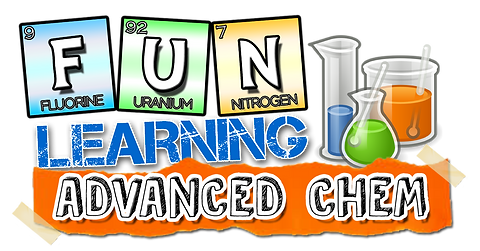


Vinegar, coffee, tea, citric fruits such as oranges, lemons etc. and baking soda, soap and cleaning supplies like bleach, tums etc. are some things that we often use and see in our homes. But did you know that these are some example of acids and bases. You know, the things that change into the colors of the rainbow when combined with different indicators in chemistry. Let’s learn more about these acids and bases as I discuss them in my web article.

ACID came from the Latin word acidus/acēre meaning sour. It is a chemical substance that neutralizes alkalis, dissolves some metals and a corrosive or sour-tasting liquid of this kind. Acid has the ability o turn blue litmus red, and the ability to react with bases and certain metals (like calcium) to form salts. Common examples of acids include hydrochloric acid (a solution of hydrogen chloride which is found in gastric acid in the stomach and activates digestive enzymes), acetic acid (vinegar is a dilute solution of this liquid), sulfuric acid (used in car batteries), and tartaric acid (a solid used in baking). From the given examples, we can derive that acids can be solutions or pure substances, and can be derived from solids, liquids, or gases. Take note that there are exemptions such as carboranes and boric acid. Chemicals or substances having the property of an acid are said to be acidic.
BASE is a substance reacts with acids to form salts, and promotes certain chemical reactions (base catalysis). It has different properties such as it is in aqueous solution, slippery when we touch due to saponification of the lipids in human skin, it tastes bitter. Base has the ability to turn red litmus paper blue. Examples of bases are the hydroxides of the alkali and alkaline earth metals (NaOH, Ca(OH)2, etc.). Bases can be thought of as the chemical opposite of acids. Bases and acids are seen as opposites because the effect of an acid is to increase the hydronium (H3O+) concentration in water, whereas bases reduce this concentration. The notion of a base as a concept in chemistry was first introduced by the French chemist Guillaume François Rouelle in 1754. He considered that such a substance serves as a base for the salt, giving the salt a "concrete or solid form".
IMPORTANCE OF ACID & BASE
Acid-base chemistry is important to us on a practical level as well, outside of laboratory chemical reactions. Homeostasis, the temperature and chemical balances in our bodies, is maintained by acid-base reactions. Acids and bases function to balance the pH levels in the body. Acids and bases are found in foods, the environment and in chemicals including pharmaceuticals. The pH levels in the blood are required to stay neutral, which is at a level of 7. When a dieter eats acidic foods, the body uses a buffering system to neutralize the positive ions released from the acids. Conversely, bases are also controlled to keep the body from becoming too alkaline. Acids and bases are used around the house for cleaning, but the levels of acids and bases in the body are also important. The body needs a neutral pH and controls the amounts of acids and bases through processes involving the kidneys, lungs and blood.
Acid-Base Chart
-
For phenolphthalein: pH 8.2=colorless; pH 10=red
-
For bromophenol blue: pH 3=yellow; pH 4.6=blue

-
It can be noted that the pH scale of a strong acid ranges from 0-2. And if it ranges from 2-6.9, it is considered as weak acid. While in base, we can see that a weak base has a pH scale from 7-12 and 12-14 if it is a strong base. The pH scale of neutral is 7.
References:

